
Date: 9 June 2016
Cardinal designs their units to have initial average argon fills of 90% or above (unless otherwise specified).
Insulating glass unit size, geometry and addition of internal grilles, etc. can negatively influence the effectiveness of the argon filling process and the resulting percentage of argon in the air space. For example, grilles inside the airspace contain ambient air and the air in the grille likely will reduce the overall initial argon fill percentage by several percentage points.
Cardinal IG is a licensee of IGCC (Insulating Glass Certification Council) and IGMA (Insulating Glass Manufacturers Alliance) under their argon fill certification programs. Cardinal IG has submitted the required IG units to IGCC and IGMA for testing against their requirements. Such test units must be found to meet a minimum average initial argon gas content of 90%, and after final weathering of ASTM E2190 weathering cycle have a minimum average gas content of 80%. See www.igcc.org and www.igmaonline.org for more information.
Cardinal uses spark emission spectroscopy to automatically measure the argon fill level of its IG units on-line at the time of manufacture. Spark emission spectroscopy has inherent limitations that do not allow the measurement of gas fill levels of all IG units.
Argon Permeation
Cardinal IG has also used the European EN 1279-3 Long Term Test Method and Requirements for Gas Leakage Rate and For Gas Concentration to determine the argon permeation rate of tested units.
These tests, conducted by an independent laboratory, found the Cardinal IG units had an argon initial permeation rate below 1% of argon per year.
Cardinal IG manages its manufacturing processes for the purpose of consistently constructing units in a manner similar to the units that were tested under the EN 1279-3 standard. However, Cardinal IG cannot certify or assure any particular IG unit will have an argon permeation rate of below 1% of argon per year.
Argon Filling of IG Units Without LoĒ
Cardinal IG does not recommend the use of argon in units without a LoĒ coating. The addition of argon gas provides only a small improvement in U-Factor compared to the addition of LoĒ coating. When the high light transmission and SHGC of clear glass is desired, the use of LoĒ-180® is suggested. The LoĒ will provide significantly better U-Factor performance with a visible light transmission and solar heat gain approaching that of an IG unit with no LoĒ coating.
.jpg)
Fig IG02-02 Center of glass performance with 0.522” (13mm) airspace, 3mm glass, and argon fill assumed to be 90% with remainder air. U-Factor units of BTU / hr-ft2-F. Calculations done with LBNL Window software.
argo
The information in this Technical Service Bulletin is subject to the disclaimers and other limitations appearing in the TERMS AND CONDITIONS that accompanies this Bulletin and at www.cardinalcorp.com.
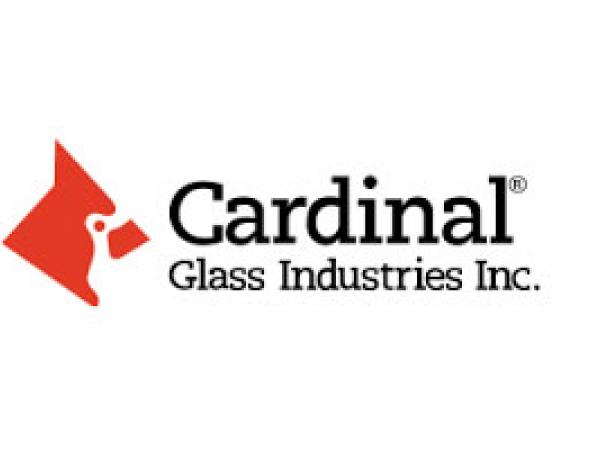 600450
600450





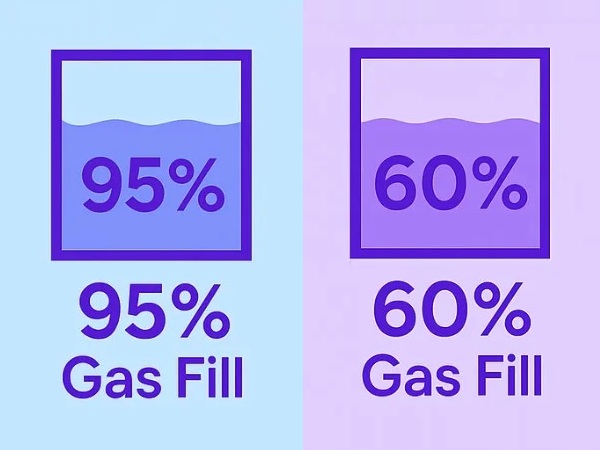












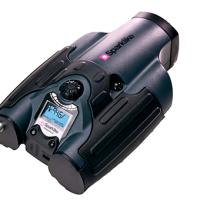
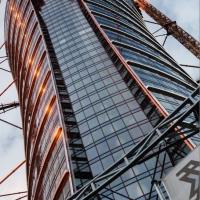

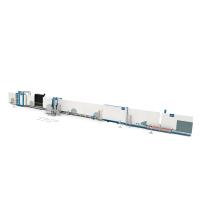

Add new comment